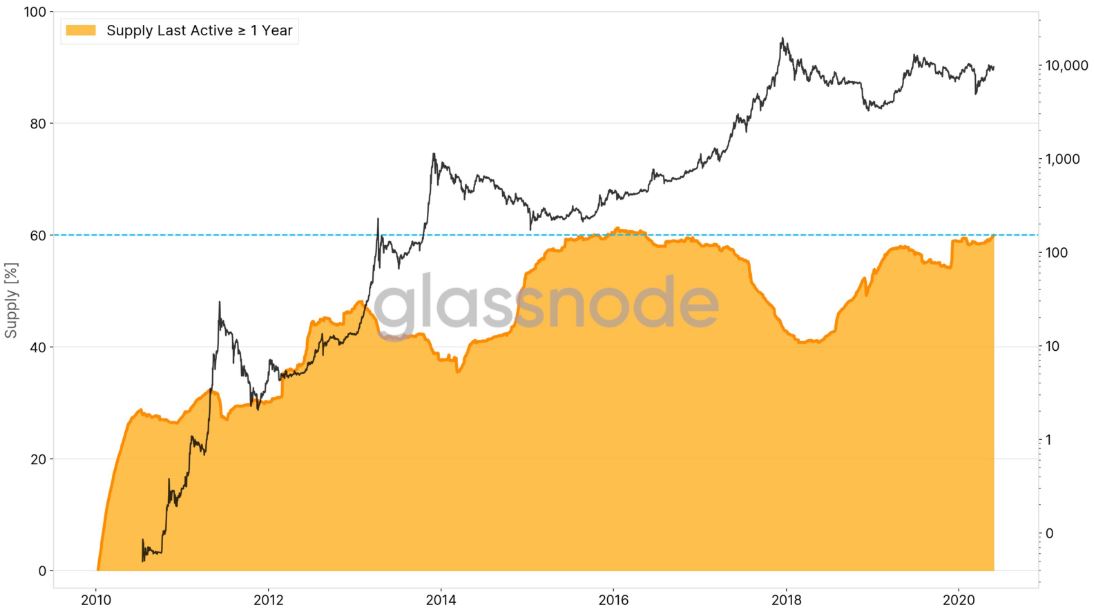Bitcoin
Bitcoin ‘HODLing:’ Right way to maximize profits?

With every passing day, the hodling narrative for Bitcoin is picking up more and more traction in the space. The present sentiment started right after the crash in March, but according to recent statistics from Glassnode, it has gone on to touch new heights in terms of crypto-asset accumulation.

Source: Glassnode
According to the attached chart, 60 percent of the total Bitcoin supply has not been moved for over a period of 12 months, a finding that is directly indicative of the fact that hodling is still very common in the market. The aforementioned chart also identified that the current levels of hodling were last witnessed way back before the bull run in 2017.
Now, without taking the bullish narrative away from hodling, a strong argument can be made that investors might not be getting the best out of BTC in terms of returns, while naively only holding the assets.
Can only hodling help BTC investors?
Now, hodling is definitely profitable. Without a doubt. Bitcoin has been profitable for 98 percent of all the days since its birth, so it is fair to argue that certain investors would like to keep their assets in an idle fashion.
However, short-term traders might be able to get the best out of Bitcoin if they did proper rebalancing as well.
Now, considering Bitcoin’s volatility, it might not be the best solution to keep altering the amount of Bitcoin that is held. However, BTC’s volatility is not the key issue, but the management of one’s portfolio is.
As a thumb rule, most investors only allocate 5% of their portfolio capital in Bitcoin. However, during the 2017 rally, Bitcoin’s price contributed to portfolio domination, with its allocation rising from 5% to almost 98% at its December 2017 peak.
From a professional trader’s perspective, no investor would like to have 98% of their portfolio in Bitcoin. Here’s where systematic rebalancing of the asset could help an investor become more profitable.
For example, if Bitcoin’s price rose or fell by 50%, rather than HODLing, it would make more sense for people to sell BTC if their allocation hits 7.5% of their portfolio, or buy more if the allocation slumps to 2.5% in BTC.
Such systematic re-balancing was proven to be profitable after the cryptocurrency’s rise in 2017, as the returns were up to 104 percent. In fact, it also involved much lower risks in terms of volatility.
Can it be applied to the present market?
Technically, yes. Considering volatility is under subdued levels at the moment, only hodling seems less ideal in the present market.
For investors to maximize their allocated returns while maintaining a strong portfolio, systematic rebalancing over time can be a fruitful experience. The rebalancing function allows investors and traders to sell high and buy low, keeping portfolio allocations in check, and losses at bay.
Since it is not 2017 anymore, a calculated approach is better than an “all-in” approach in Bitcoin to remain on the kinder side of the digital market industry.

